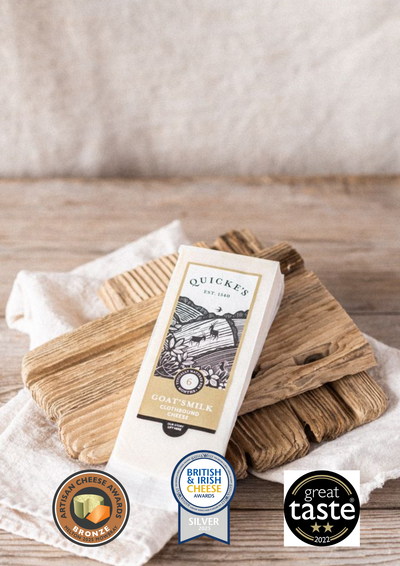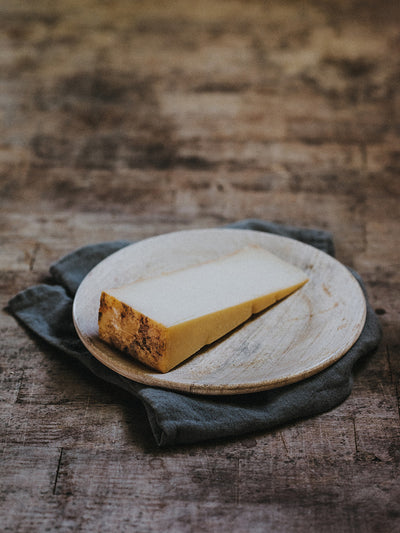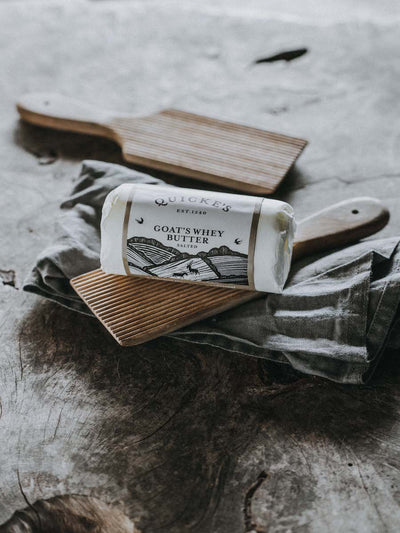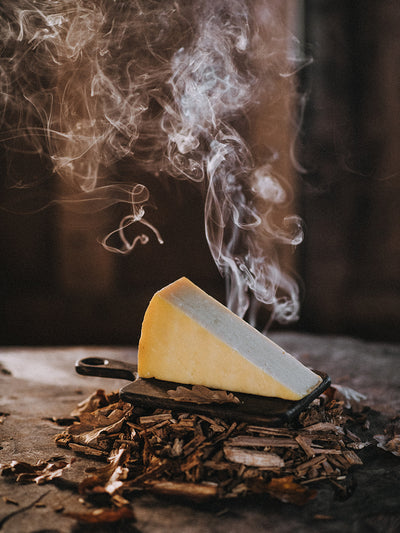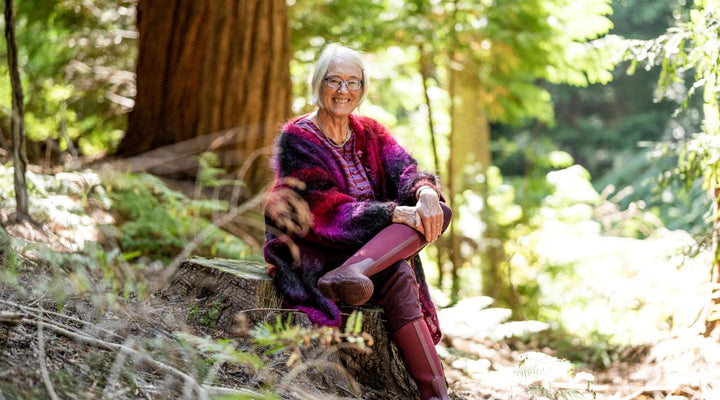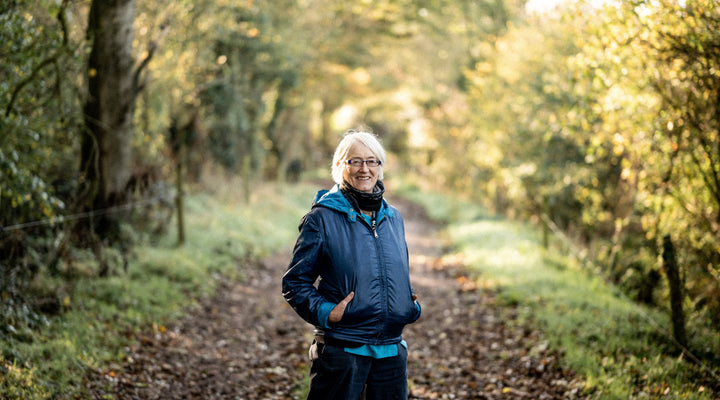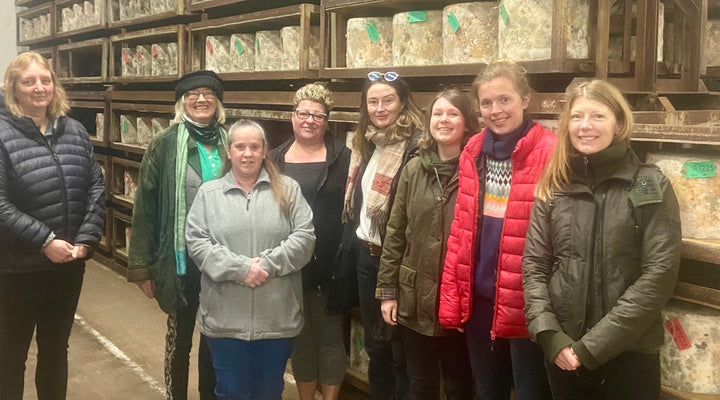After the feast of Christmas, there is the famine of January. It’s cold, dark, pinched, and all life yearns for the new year to totter onto its feet. In a sheltered glade in the woods or under a hedge out of the weather, you can see the sun is strengthening and the first signs of life appear. And there is life all around. Except in a hard frost, the grass is growing slowly. The soil is at work on its myriad processes, the parallel universe of life that nourishes all of us. Over the course of a winter, earthworms and frost will restore any hoof marks to pristine sward. Excessive damage takes longer, which is why grazing early and late is a balance, and a soil in good shape gives you more leeway to make mistakes. The trees reset, too. The dark rings in wood is the slower winter growth; not no growth, just slower.
NATURE
The natural world takes an apparent pause from procreation and the rearing of young in the immediate task of surviving the rigours of winter. And yet, it’s all happening just out of sight. The fertilised fallow does choose their moment to get pregnant from last autumn’s frolics. I’ve seen frog, toad and newt spawn hopefully shed in ponds and deep puddles as early as January, if it’s warm, as late as March if it’s not. Flocks of farmland birds, different species, share the overwintered stubbles, socializing while their attention is briefly off nests, eggs and chicks. The trees start fattening their leaf and flower buds. Their stark outline suggests they are dormant, and they are already alert to the strengthening sun. Like a conductor tapping his baton for the orchestra to start, the sun has all creatures on notice to play their part in the great symphony of the year.
ARABLE
The autumn sown crops develop their roots out of sight, no visible change to the plants, but reaching out in readiness to support new growth. The richness of the overwintered stubbles shows the rich seedbank even in an arable field, not just shed seed from last year but chickweed, groundsel, annual meadow grass, shepherds purse and a whole host of others racing to grow, flower and set seed in this unregarded time of year. It’s a separate ecosystem that happily coexists with our intentions for the field, and supports the wildlife we all value.
GRASS
Now is the holiday time for pasture, when livestock is elsewhere, when water and slow growth makes the soil too delicate to support the weight of animals. Our pasture fields are laid down for years, and the roots are part of a vast ecosystem of growth and decay, their roots a tangled forest where the top predator, the earthworm, roams, lord of a rich kingdom we barely see. If we’ve grazed it right, the grass leaves will grow healthily, the individual leaves erect and purposeful, like a starburst in a frost. If we’ve been too lax, lank and mildewed top growth will collapse and smother new growth.
COWS
Our outwintered paddocks for dry cows and heifers are double electric fenced to keep out any unwell wildlife. Last winter, some of our animals unfortunately met an unwell creature that had made its way through the double fencing in a single paddock. This year, we are patrolling the perimeter of the paddocks daily, hoping we can spot the signs of any creature making its way through our guard. The outwintering animals are always very keen to see you. We drop the fence and they surge appreciatively into a new piece of kale or fodder beet. However miserable the weather or hard your day, it always brings a warm glow to see their joyful interest when you turn up.
The dry cows and in-calf heifers are growing their calves, not so slowly now, a few weeks before birth. The cows take a break from milking, to allow them to restore themselves and rest before the work of calving and milking. The autumn cows are in comfortable mid lactation, now almost all well in calf. It’s a sweet routine, just eating the conserved food laid down and fermented in the summer, resting and milking.
DAIRY
Our cheesemakers are catching up on rack repair and store work while the dairy is less busy, before the new milk comes in the spring. Now is the only month where our cheese has no grazed grass. It can still be just as complex in flavour but it won’t have those lovely aromatics and luscious richness of pasture fed.
M A R Y Q U I C K E

